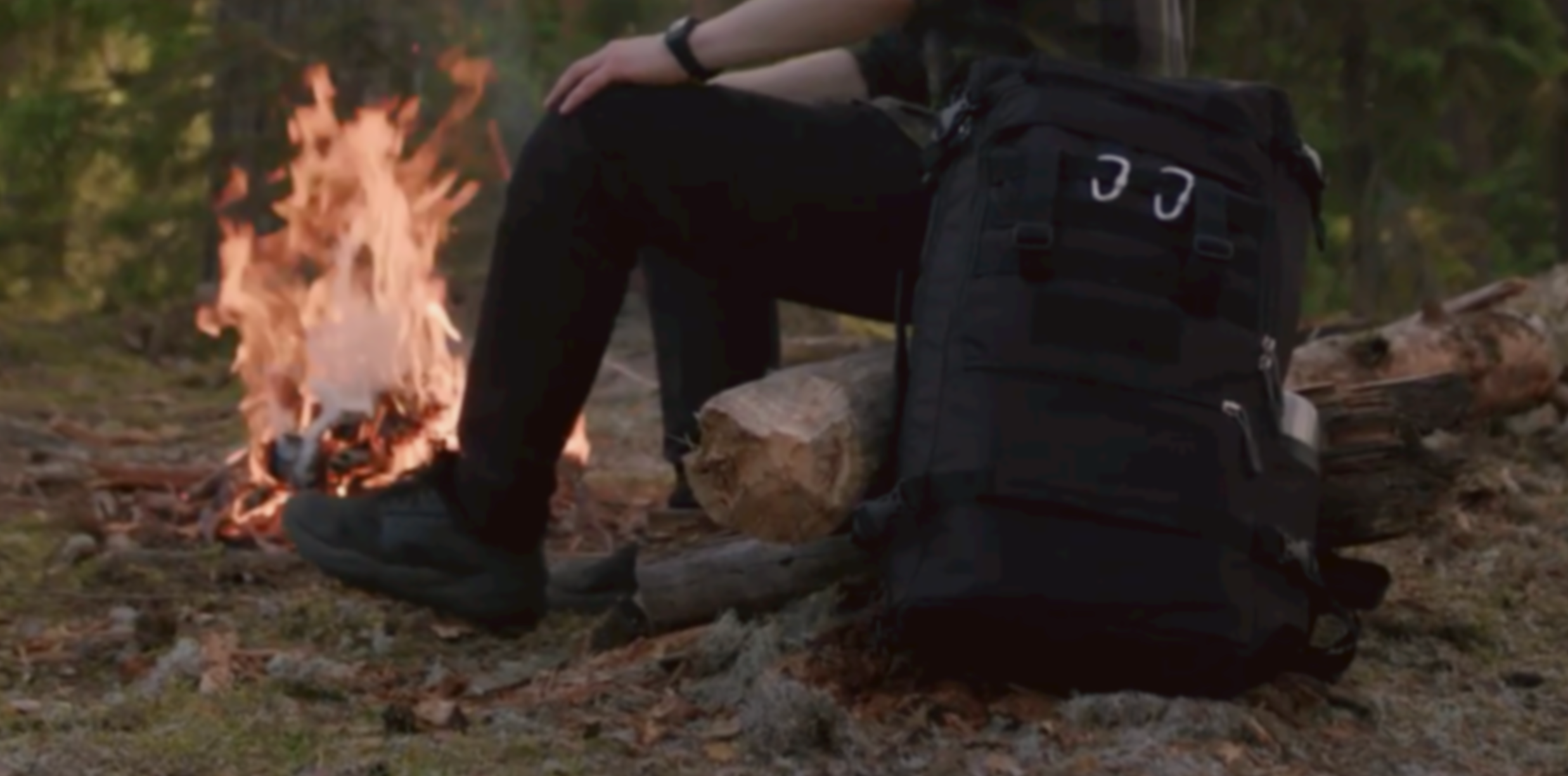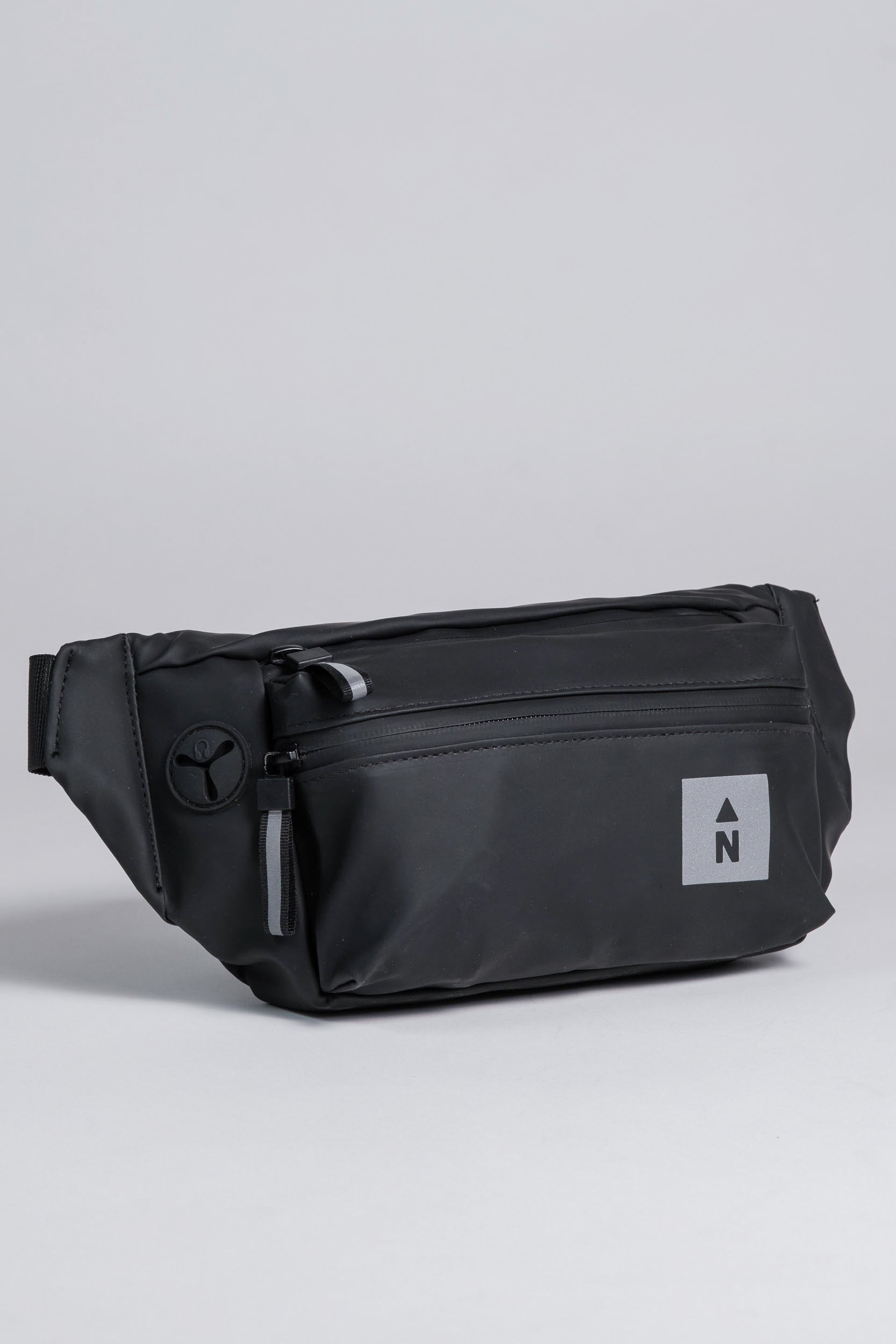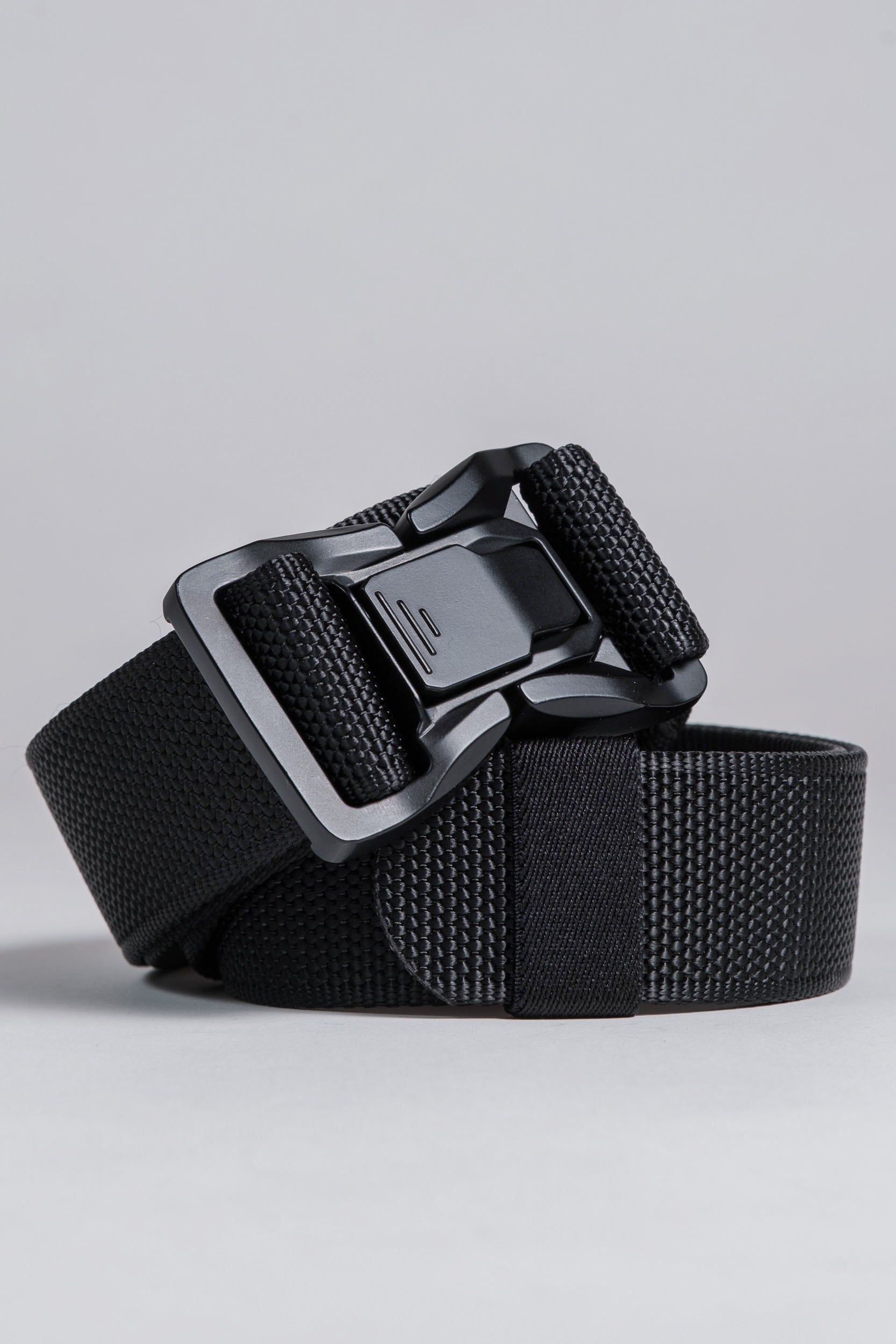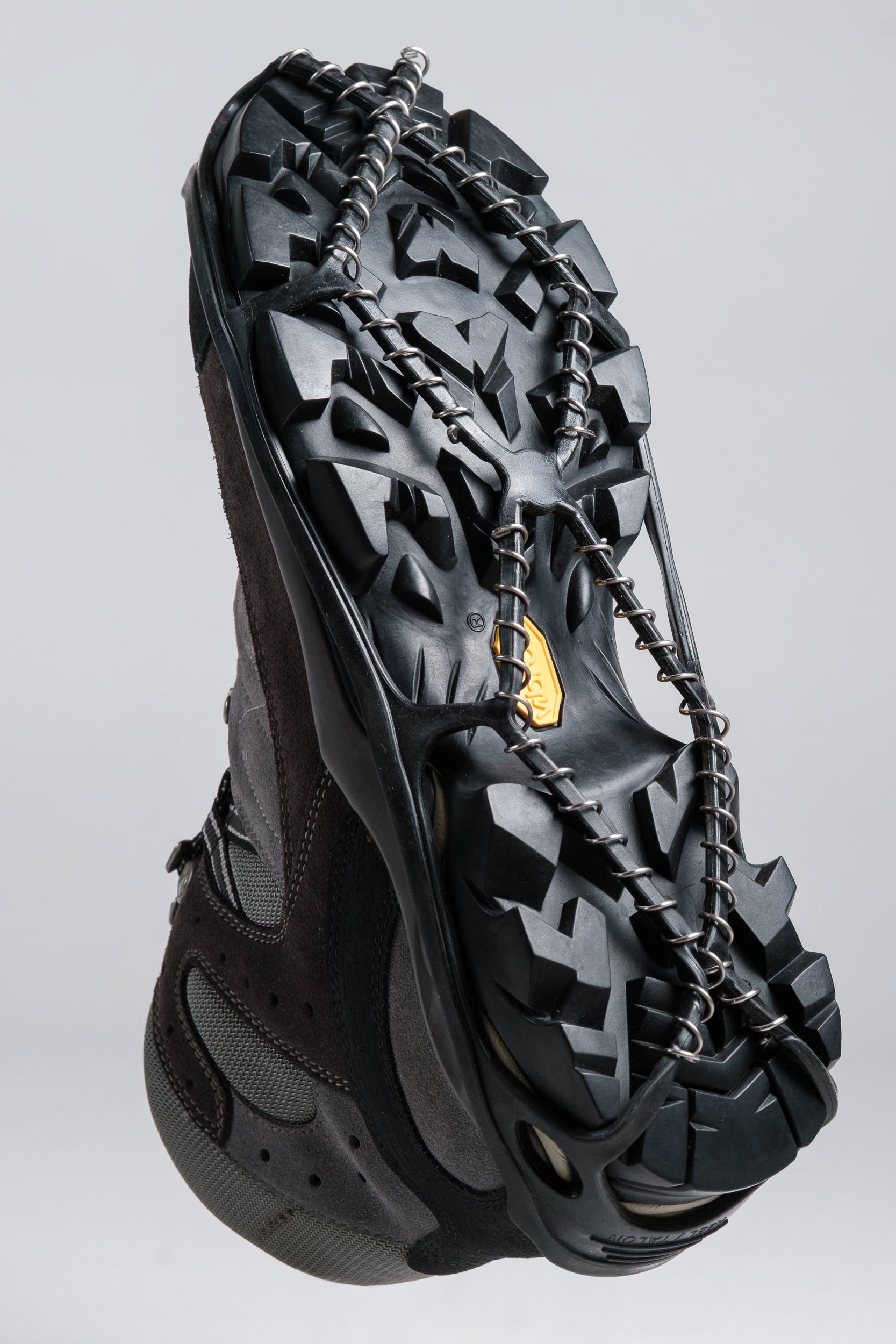One of the most common mistakes many beginner hikers make is not being physically prepared for their first long hike.
How do we know? We made this mistake.
So in this article, we discuss how to get in shape for your first hike as well as give you a complete workout program to use to prepare for a hike (see the end of the article).
Let's get right into it.
Table of Contents
- Walk Around Your Neighborhood
- Do the 10000 Steps a Day Challenge
- Take the Stairs
- Get Used to Your Backpack
- Get a Jump Rope
- Work on Your Core
- Go Cycling
- Start Weight Lifting
- Get a Workout Partner
- Don't Forget to Stretch!
- Workout Program to Prepare for a Hike
- Go Forth and Enjoy Your Next Hiking Adventure
Walk Around Your Neighborhood
One of the easiest ways to train for a hike is by simply walking around your neighborhood.
This allows you to increase the distance you can cover gradually. It also helps build up cardio strength which is essential for long hikes.
When walking, don't just go for flat or hilly terrains. Look for sandy terrain. While walking uphill and downhill may simulate the same effect as hiking, walking on sandy terrain helps to strengthen your ankle muscles, which are essential in preventing sprains while on the trail.
Do the 10000 Steps a Day Challenge
Let's say you don't have the time to walk in your neighborhood.
What do you do to get your body ready for long hours of walking?
Why not try the 10,000 steps a day challenge.
With the 10000 steps challenge, you get to improve your fitness and stamina every day without spending a penny.
All you need for this challenge is a pedometer or Fitbit to track your movements.
And achieving ten thousand steps a day isn't hard. You can increase your step count by walking around the office.
Rather than sending your workmates an email, walk over to their desk and talk to them. Rather than eating lunch at your desk, take a stroll. You could also park a bit further from the office to ensure you get the necessary steps in.
The 10000 steps allow you to train for your hike passively.
Take the Stairs
Another great way to get your muscles ready for a hike is by taking the stairs.
If you work in an office building with more than five floors, I recommend going up and down at least once every day. Doing this will help strengthen your leg muscles and keep you from getting tired early on in the hike.
Taking the stairs also helps to mimic the movement you're likely to make when walking uphill or downhill.
So what are you waiting for?
Forget the elevator and take the stairs up and down! You will also burn some calories, which is essential if you want to lose weight before heading out for your hike.
Get Used to Your Backpack
One of the main problems beginners experience while hiking is back pain. This is why you'll need to train your back muscles before heading out on a hike.
One of the ways to do this is by carrying your backpack around the neighborhood.
While it may seem weird to walk around with your backpack, getting used to the weight of your bag during a hike will ensure you don't suffer from back pain.
However, don't go directly to carrying the total weight you expect to carry on a hike. Start by adding a few pounds of gear, and add weight as you slowly progress. Within a few weeks, you'll have gotten used to the weight of your backpack.
Get a Jump Rope
You probably didn't know this, but getting a jump rope can be incredibly useful for hiking.
We're not suggesting you take it with you on the trail (although we wouldn't stop you if that's what floats your boat), but using one at home will help improve stamina and endurance.
Using a jump rope is a great way to get your muscles ready for intense hiking sessions without putting too much stress on them. It's also a great way to strengthen your lungs and heart.
And here's the best part! Just ten minutes of skipping rope are equal to running at 6 miles per hour.
Work on Your Core
Having a strong core is essential to preventing back pains during and after your hike. A weak core means your lower back doesn't have enough strength to support the weight of your backpack and maintain an upright posture.
To ensure you don't fall into this trap, it's important to regularly work on your abs and obliques with exercises such as sit-ups or crunches.
However, if those aren't your favorite type of exercise, there are many alternatives that will help strengthen your core.
One option is to take up swimming or surfing as those activities require you to use your entire body and build muscle in the process.
Another great alternative is taking yoga lessons as it helps improve posture, train your endurance and set up your mind for the hike.
Go Cycling
Cycling is a fantastic way to get your body ready for long hikes.
It helps strengthen leg muscles, which are essential during strenuous hiking sessions where you have to walk uphill or downhill over prolonged periods.
Cycling also helps improve stamina which is quite essential if you want to push yourself and hike longer distances during your next trip.
However, one thing to keep in mind is that cycling can be tough on the knees, so it's important not to overdo it with this type of workout.
If possible, alternate between biking and other activities.
Start Weight Lifting
Another great way to strengthen your body for a hike is by hitting the weight room.
There are countless benefits of starting a workout routine, but we'll mention two which you're most likely interested in if you enjoy hiking:
Lifting weights helps improve endurance and stamina while strengthening muscles at the same time. This can also help prevent common injuries such as muscle pulls or strains, which can ruin a hike.
Strength training also helps improve your balance and coordination, which come in handy when hiking to maintain an upright posture on steep slopes without losing footing.
But what are some of the exercises to use for strength training?
Here's are several exercises you can use to start strengthening muscles you'll need for a hike.
- Squats
- Reverse Lunges
- Step ups
- Side lunges
- Bird Dogs
- Planks
- Side Planks with hip dips
- Cat Cows
- Push ups
- Shoulder retractions
And if you can't access the gym, you can also use your body weight and resistance bands for strength training.
Do push-ups to help strengthen your shoulders and core. You can use resistance bands to train your quads, glutes, and shoulder muscles.
Get a Workout Partner
One of the main reasons people don't train for hikes is because they're too lazy to hit the gym.
If you fall into this category, we recommend getting yourself a workout buddy who can help keep you motivated and on track with your plan.
Not only will having someone to motivate you, but you can also push each other to work out harder and longer than if you were alone.
If finding a workout partner is too much of an effort, then find someone interested in hiking or sign up for group hikes with your friends, so you'll be forced to train beforehand!
Don't Forget to Stretch!
One of the biggest mistakes hikers make is failing to stretch before they head out onto the trails.
This can lead to intense pain in your legs, especially when you're hiking up steep hills or hiking for prolonged periods.
Stretching helps your muscles warm up and prevents you from sustaining common injuries related to tight muscles like pulls or strains.
Additionally, stretching is essential before every hike because it can help prevent injury while also letting hikers go further distances without getting tired as quickly.
You should use dynamic stretches when warming up your muscles before a hike.
Dynamic stretches are beneficial because they're fast-paced and mimic the movements you'll be doing during your hike, which can help prevent injury when on the trail.
Workout Program to Prepare for a Hike
|
Day |
Workout Type |
Exercise |
|
Monday |
Lower Body Strength |
Squats: 3 sets of 10 reps Lunges: 3 sets of 10 reps Step-Ups: 3 sets of 10 reps Calf raises: 3 sets of 15 reps |
|
Tuesday |
Cardio |
Incline treadmill/ Bike: 30 minutes |
|
Wednesday |
Rest |
Yoga/ Stretching: 20 minutes |
|
Thursday |
Core Strength |
Bicycle crunches: 3 sets for 30 seconds Cat-cows: 3 sets for 15 reps Toe touches: 3 sets of 12 reps Planks: 3 sets for 30 seconds each Side planks with hip dips |
|
Friday |
Upper Body Strength |
Push-ups: 3 sets of 10 reps Military press: 3 sets of 8 reps Bicep curls: 3 sets of 12 reps Lateral raises: 3 sets of 10 reps |
|
Saturday |
Endurance Training |
Short hike: 4-10 km depending on your fitness level |
|
Sunday |
Cardio |
30 minutes easy walk around the neighbourhood |
Go Forth and Enjoy Your Next Hiking Adventure
There you go.
All you need to know about how to prepare for a hike. Which of these tips will you take up as you prepare for your next adventure?
Do you know of other exercises to help one prepare for a hike? Tell us in the comment section below.
And if you're looking for high-quality outdoor apparel and gear for your next hiking adventure, check out our online store here.
Upwards and onwards with Northbound Gear.
Read more

How do you pack a backpack for a multi-day hiking trip? In this article, we answer this question. In this article, you’ll learn what to pack at the bottom, core, top and outside pockets of your hik...

Manitoba may not have the towering peaks of Alberta or British Columbia, but its unique landscapes of lakes, rivers, forests, and prairies offer their own kind of beauty and serenity. Here are the ...









Leave a comment
All comments are moderated before being published.
This site is protected by hCaptcha and the hCaptcha Privacy Policy and Terms of Service apply.